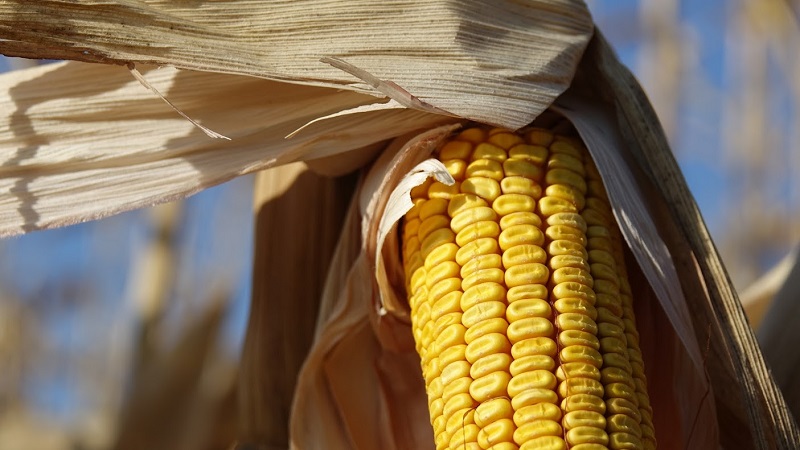Shortages of corn, soy exacerbate Nigeria’s feed crisis

Costs of feed, animal products and other inputs continue to spiral in Nigeria, trapping the population and the farming community in a vicious economic cycle.
Nigeria is experiencing its highest inflation rate for 20 years. According to an analysis by Business Day, the rolling annual inflation rate rose again in December to 28.9%. This 12th consecutive monthly increase is putting ever more pressure on the population of the West African state, and adversely impacting livelihoods.
Not only are food costs rising, sales in the market have been falling. Ever more people are able to afford only staples such as rice or noodles, and they purchase smaller quantities.
Farmers under growing pressure
For poultry producers, it is the rising cost of feed that is of most concern.
In recent days, Guardian has reported an urgent call on the federal government led by President Bola Tinubu to intervene to control escalating feed costs. Coming from the Poultry Association of Nigeria (PAN), the call warned of the imminent collapse of the sector.
According to a senior official in one PAN chapter, feed that cost NGN8,000 (US$9.11) for a 25-kg bag in November is now selling for NGN10,950.
Furthermore, he said, feed prices are usually lowest at this time of year.
To remain in business, poultry farmers require financial support from the government in the form of grants, he said. Even at low rates of interest, most poultry businesses are in too fragile a state to repay any further loans.
Already, many poultry farmers have cut down their bird numbers, while others have closed their businesses altogether.
Corn, soy supplies: root causes of the feed crisis
PAN identified the causes of the present feed crisis in Nigeria as shortages of domestic corn and soybeans, and a ban on imports of corn.
Domestic corn output this marketing year is expected to be 7% lower than the previous comparable period. This is the result of higher production costs linked to a weakening in the naira, as well as ongoing violence and insecurity in the northern regions of the country where it is grown, according to a recent analysis by the U.S. Department of Agriculture (USDA) Foreign Agricultural Service (FAS). These conditions had led to a reduction in the area harvested, as well as lower yields.
With corn comprising 60% to 65% of poultry feed, FAS also highlighted that rising feed costs were presenting ever greater challenges to Nigerian poultry farmers. It highlighted that the situation was exacerbated by speculative purchasing of corn, and the rising costs of diesel and transportation.
Last but not least, the service reported that widespread outbreaks of highly pathogenic avian influenza had led to the culling of more than 1 million poultry, and the destruction of more than 110,000 crates of eggs.
Nigeria moves to improve food security
Latest data from the statistics arm of the United Nations’ Food and Agriculture Organization, FAOstat put annual production at approximately 355,000 metric tons (mt) of chicken meat and 664,000 mt of shell eggs. These figures are for 2022, and represent increases from those reported for the previous year.
The World Bank puts Nigeria’s human population at 218.5 million in 2022.
In October, it has announced that the federal government was formulating a National Animal Feed Policy.
Last week, the federal agriculture ministry reported that the minister had called on the nation’s dealers in fertilizers, seeds and other key arable inputs to cooperate in order to increase production levels and improve food security in Nigeria.
Read also
Wheat in Southern Brazil Impacted by Dry Weather and Frosts
Oilseed Industry. Leaders and Strategies in the Times of a Great Change
Black Sea & Danube Region: Oilseed and Vegoil Markets Within Ongoing Transfor...
Serbia. The drought will cause extremely high losses for farmers this year
2023/24 Safrinha Corn in Brazil 91% Harvested
Write to us
Our manager will contact you soon



